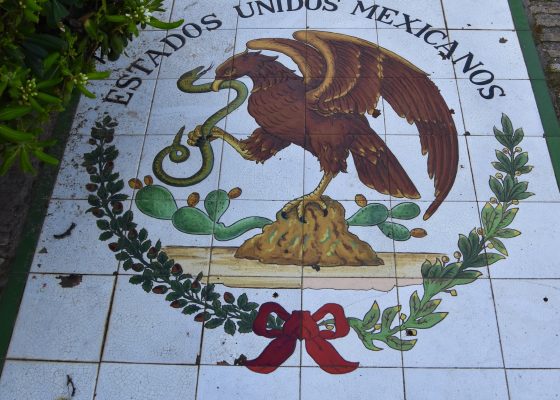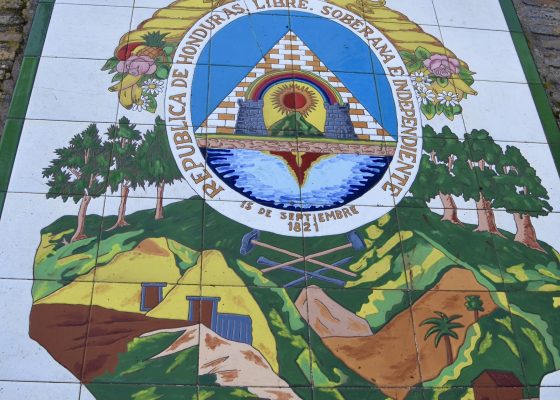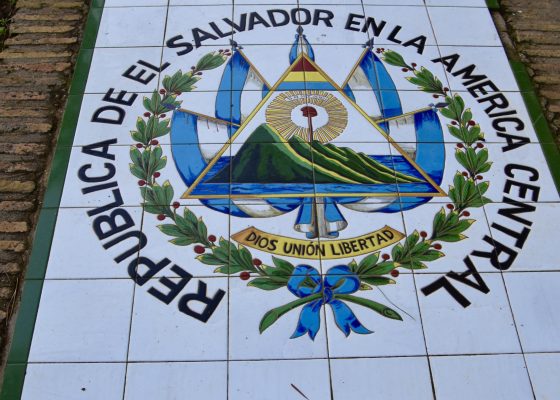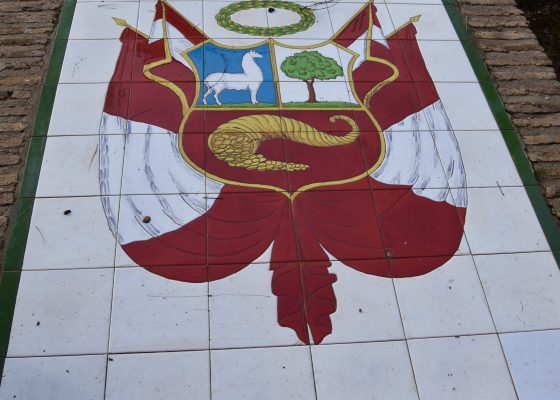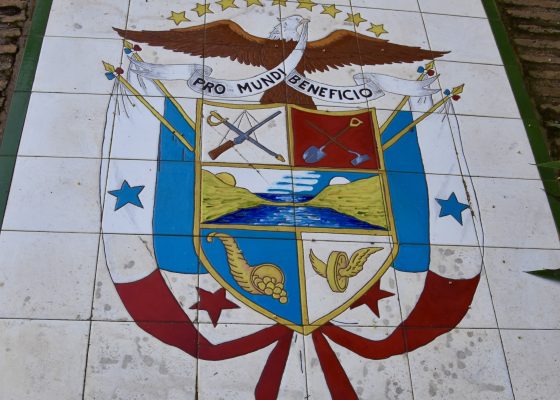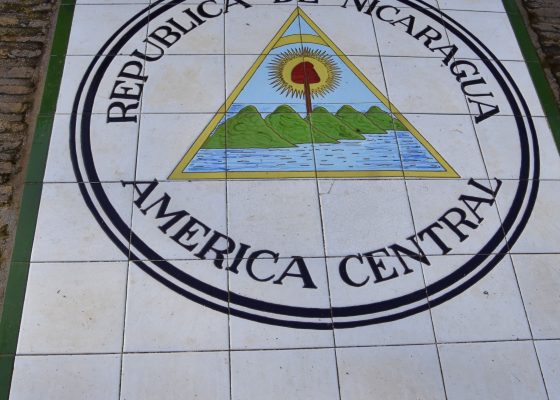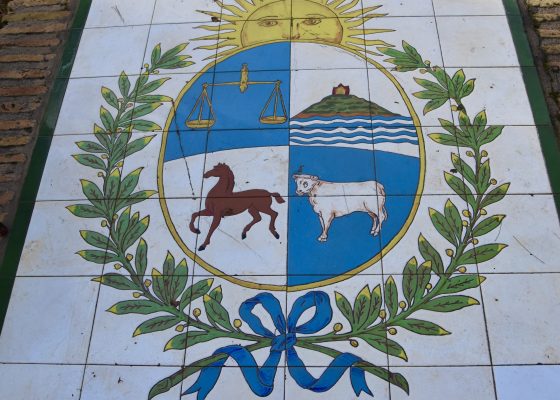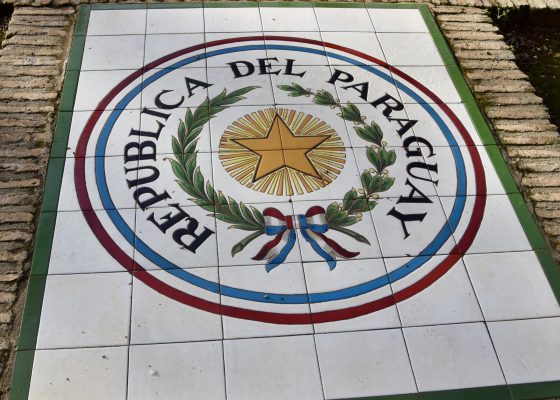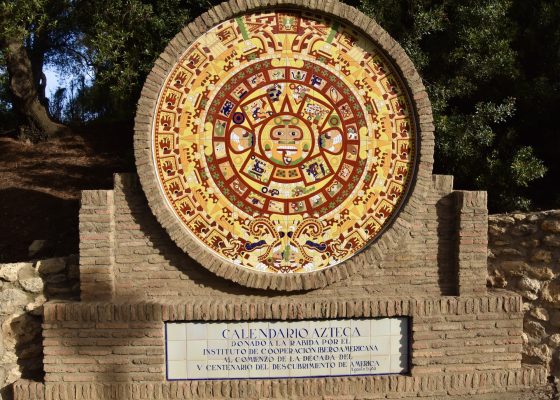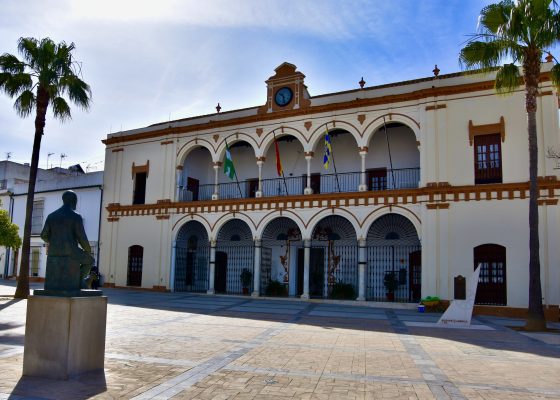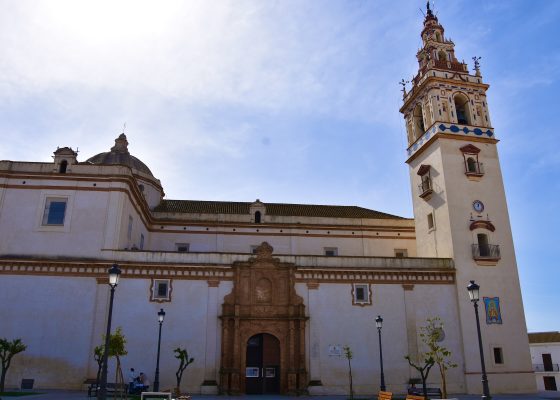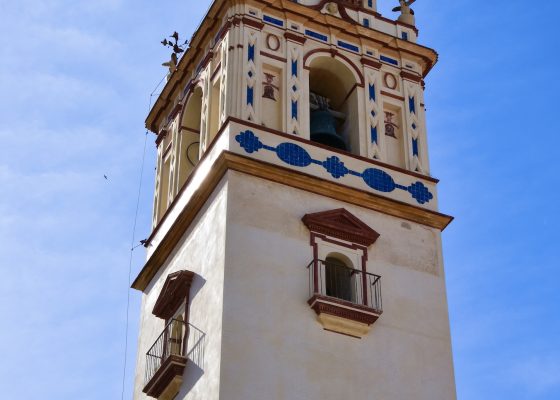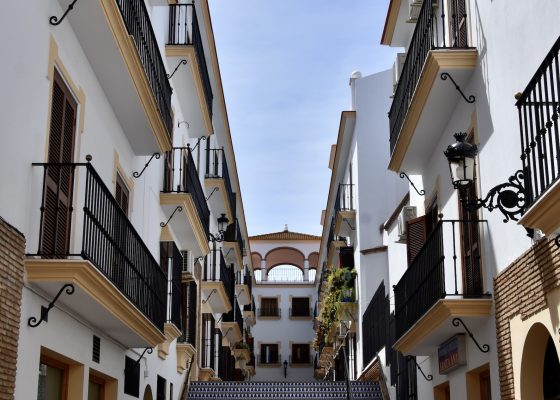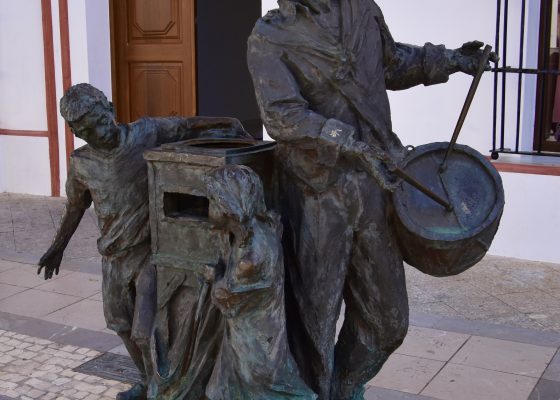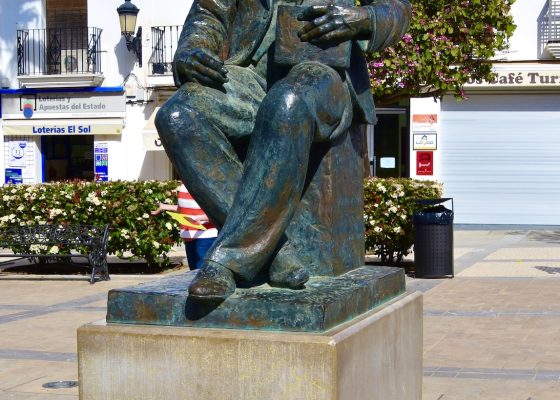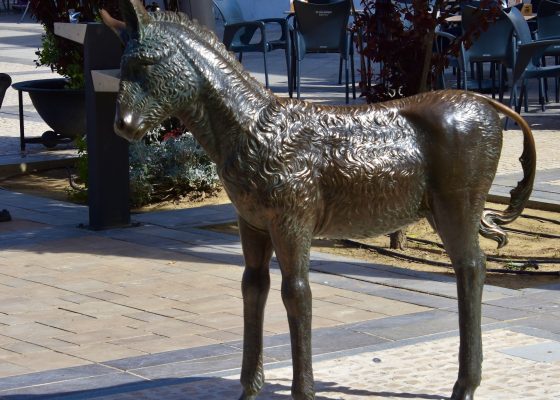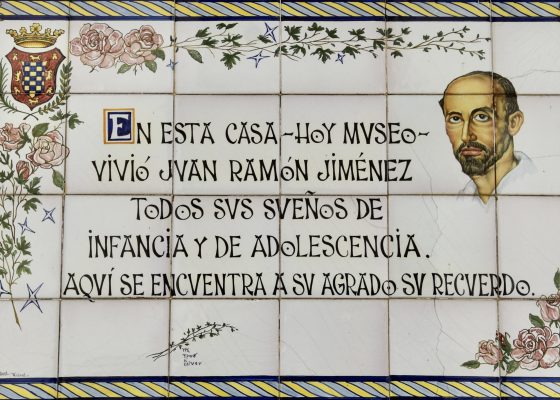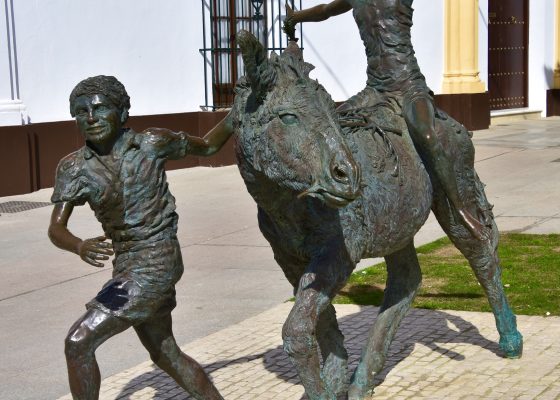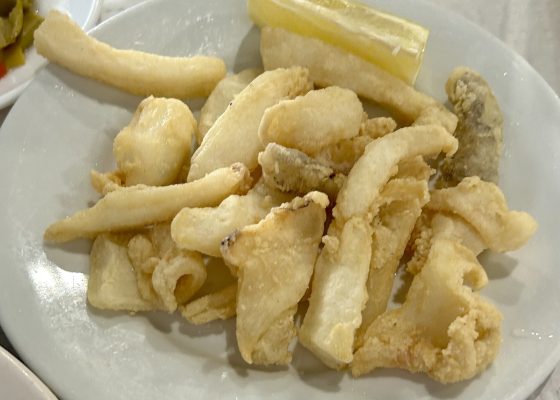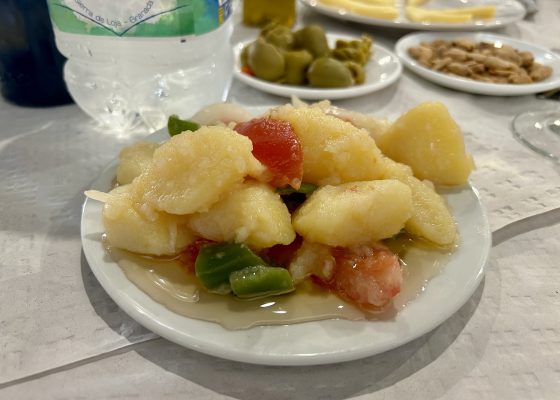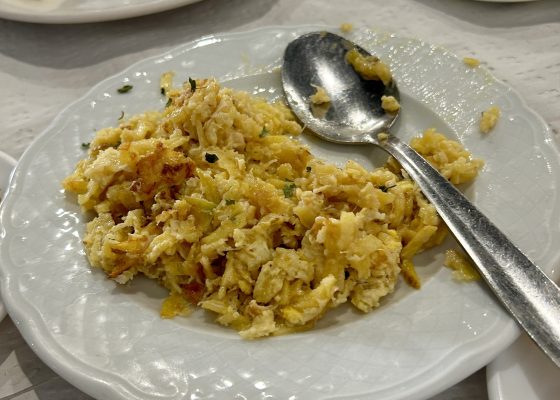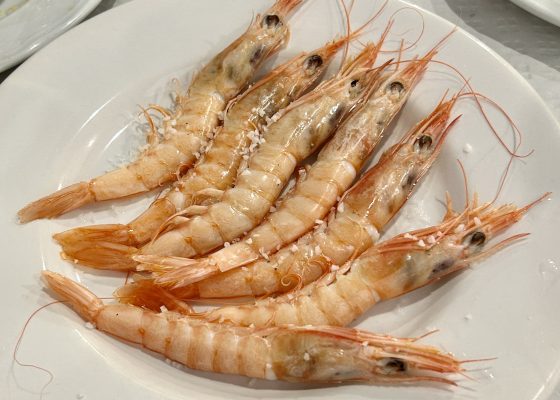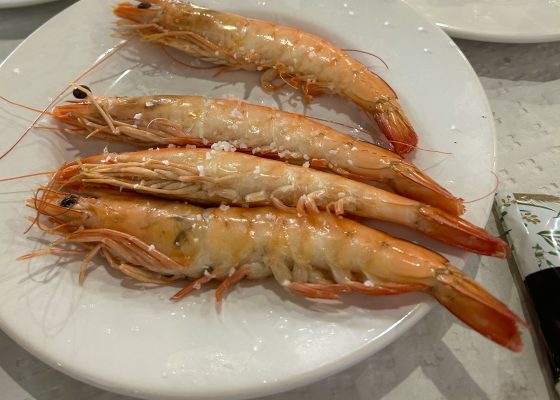La Rabida Monastery & the Columbian Routes
The spring 2024 meeting of the Canadian chapter of SATW (Society of American Travel Writers) took place in Seville, Spain and included a number of very interesting post-trips, none more so than to the province of Huelva. Here I learned for the first time of a building that might be the most important in the history of the modern world. It was in La Rabida Monastery in the tiny village of Palos de la Frontera that Christopher Columbus convinced Queen Isabella’s confessor that he could reach India and China by sailing west, not east. It was here that he convinced the Pinzón brothers to join him and raise a crew of local sailors to man the three ships of the expedition. And it was from Palos de la Frontera that the first expedition to the New World set sail on August 3, 1492 and changed the world forever. Please join me in exploring this tiny area of Spain that is so important in world history.
First though a bit about Christopher Columbus and his modern image, at least among some ill informed retro-historians who seek to vilify him for things he had no hand in or control of. Sooner or later someone from Europe was going to set foot in the New World for the first time since the Vikings some five hundred years earlier. The idea that the New World would remain forever unknown to the rest of mankind is absurd. If it wasn’t Columbus it would have been somebody else and not long after 1492 either. And whoever that person was, he and his crew would have unintentionally brought with them the smallpox and other diseases which effectively decimated the New World Indigenous population.
The most important thing that happened as a result of the voyages of Columbus and the many others who followed him was the Columbian Exchange which lasted for three hundred years and completely transformed both the New and the Old World. Without going into detail, it’s better explained by this map.
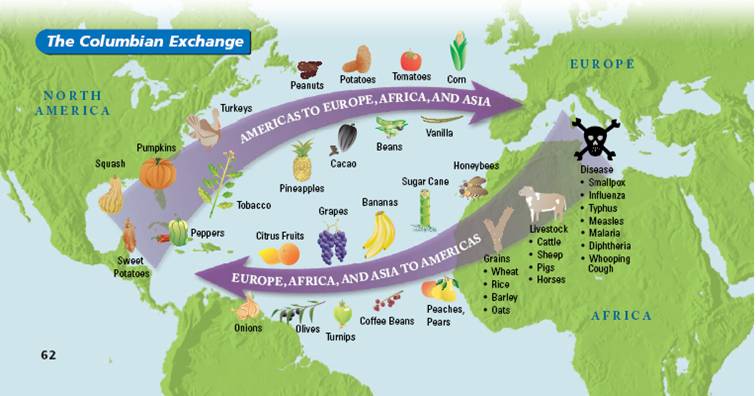
While there are those in the Americas who want to see the centuries long veneration of Columbus reversed, that is not the case in Spain or Italy where he is still remembered more for his successes than his faults. So with that brief introduction let’s begin exploring the Columbian places in Huelva province.
The best place to start is at the confluence of the Rio Tinto and Odiel River just across from Huelva where you’ll find this gigantic monument to Columbus that stares out to sea. It was funded by American donors and took two years to erect, opening in 1929. The designer was Gertrude Vanderbilt Whitney who is also noted for establishing the Whitney Museum of Art in New York City. While some have suggested the figure is a friar from nearby La Rabida Monastery, Whitney herself said it was Columbus.
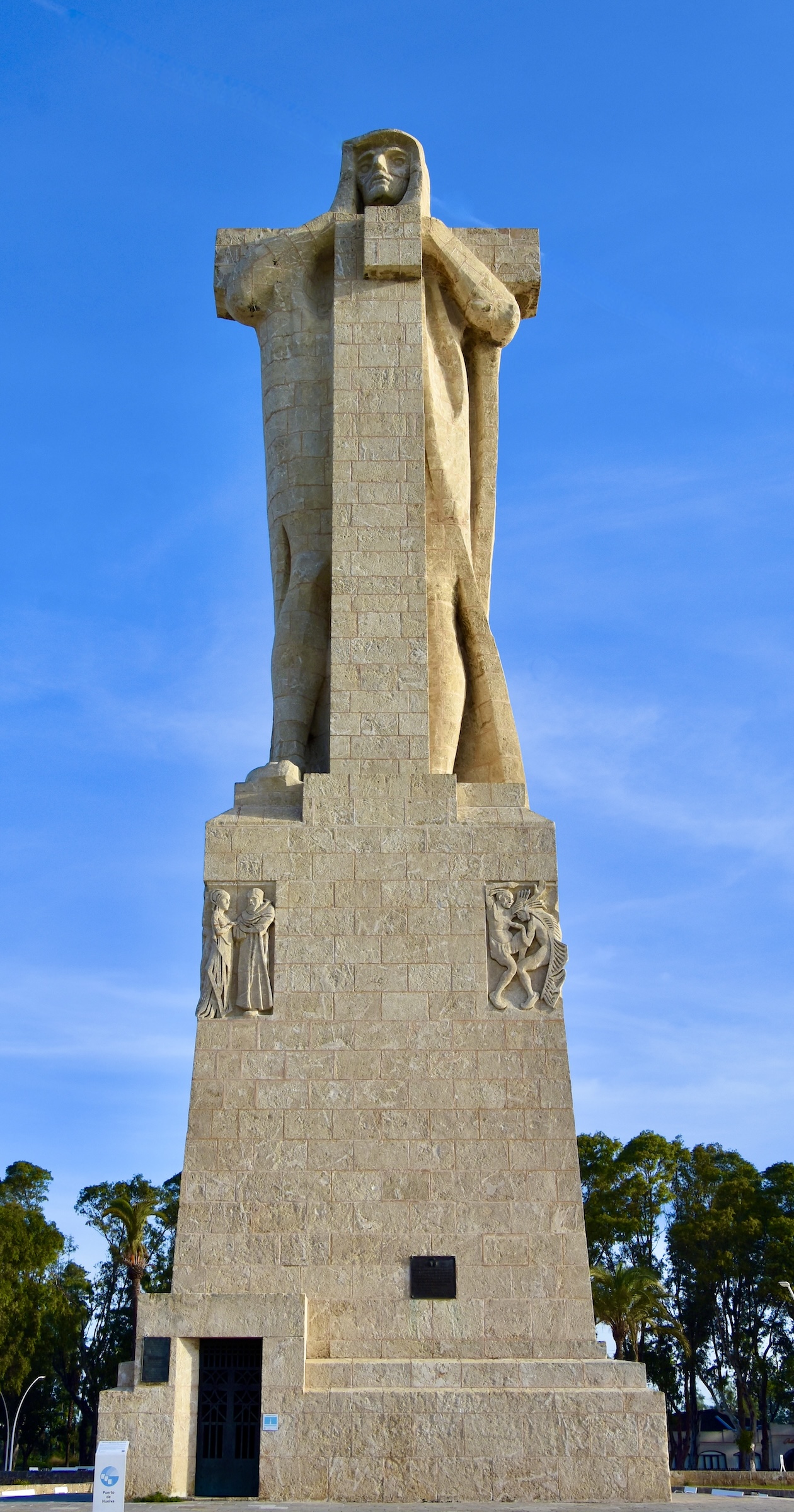
This is not the only Columbus Monument in the immediate area, although you have to backtrack to cross the Rio Tinto to get to the sites on the other side starting with La Rabida Monastery. Here you will find the Monument to the Discoverers which was dedicated on the 400th anniversary of Columbus landing in the New World on October 12,1892.
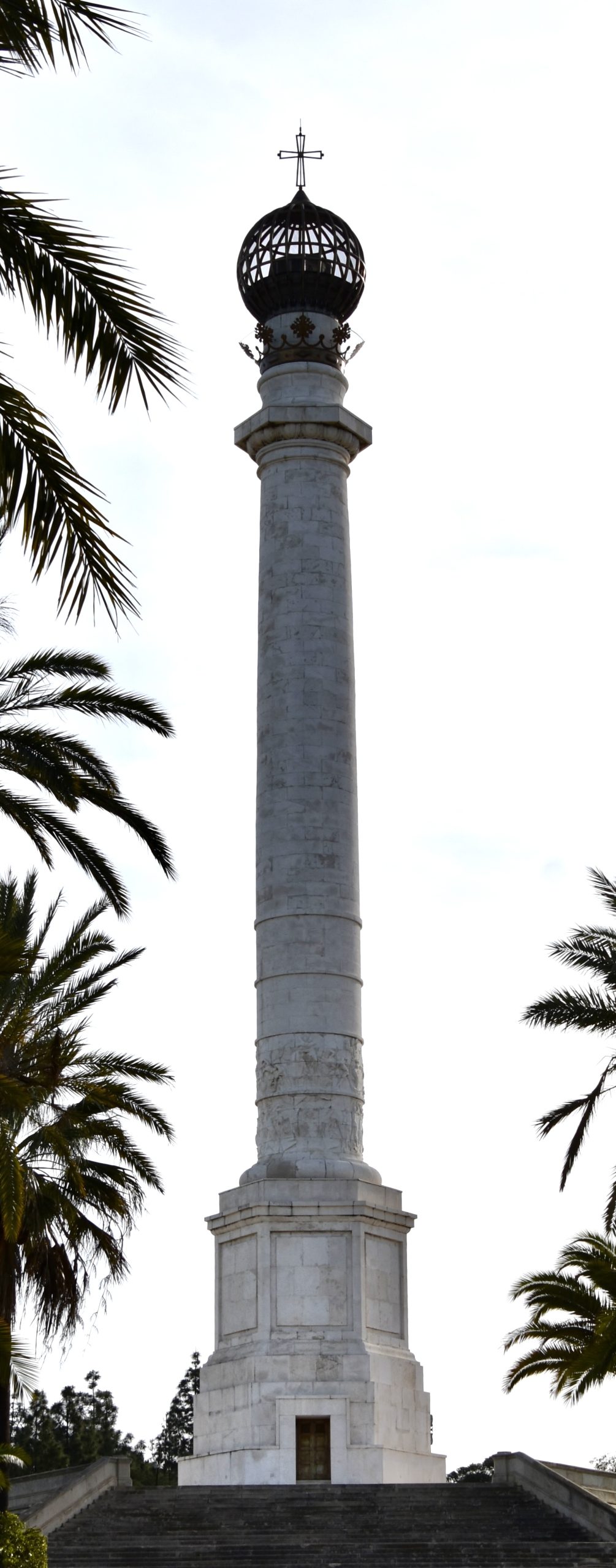
The monument sits atop a hill once known as Saturn’s Rock and can be approached via a long stairway which has inlaid tiles from all the Latin American colonies that subsequently became independent countries plus an Aztec calendar. Here is a gallery of some of them. Double click to open and double click again to enlarge.
- Mexico
- Honduras
- El Salvador
- Peru
- Panama
- Nicaragua
- Uruguay
- Paraguay
- Aztec Calendar
Once you get to the top of the stairs La Rabida Monastery comes into view as well as yet another Columbus monument, this one a statue with him holding a rudder. He’s presented as quite a bit younger than the man who was older than forty when he first landed in the New World.
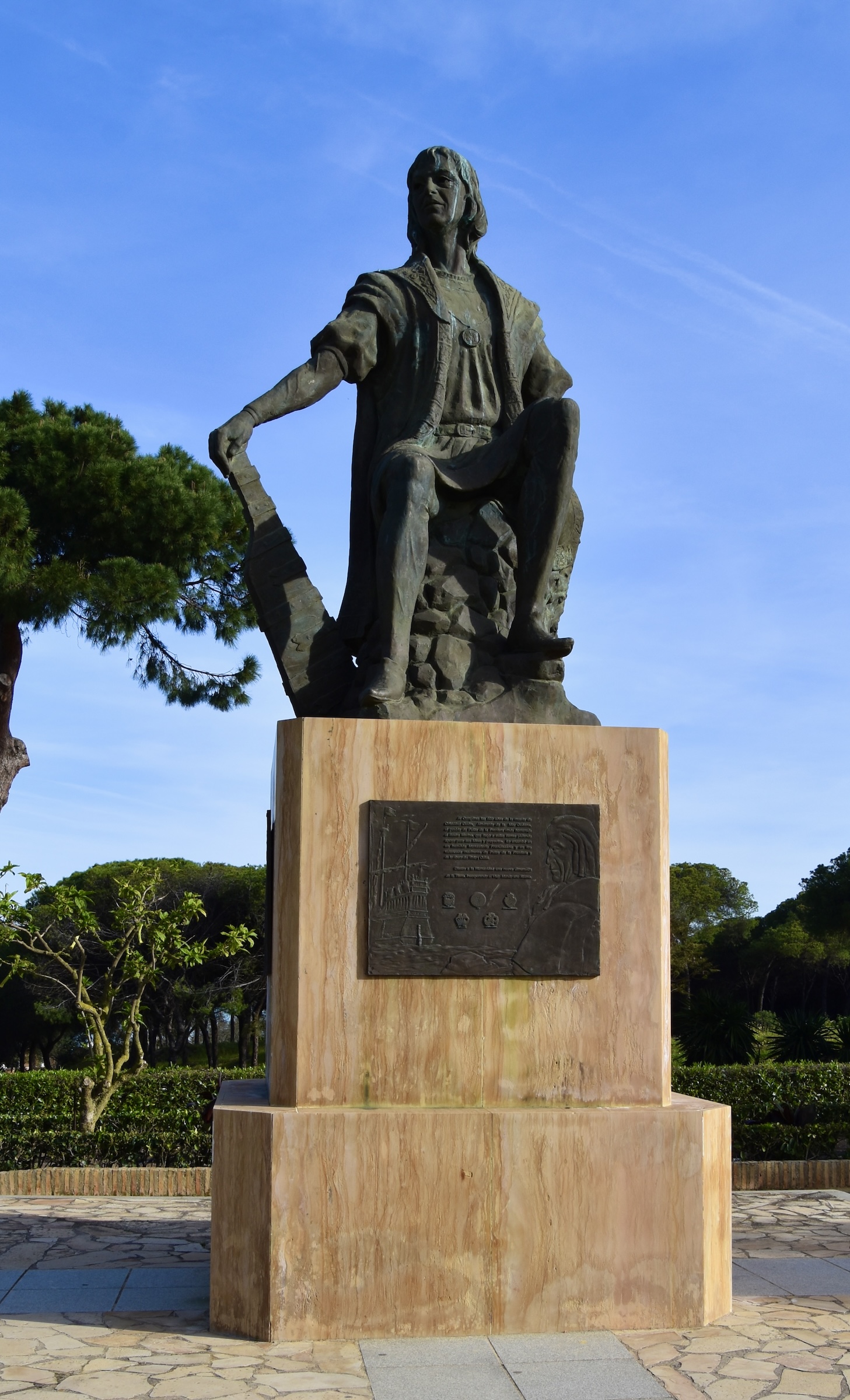
La Rabida Monastery
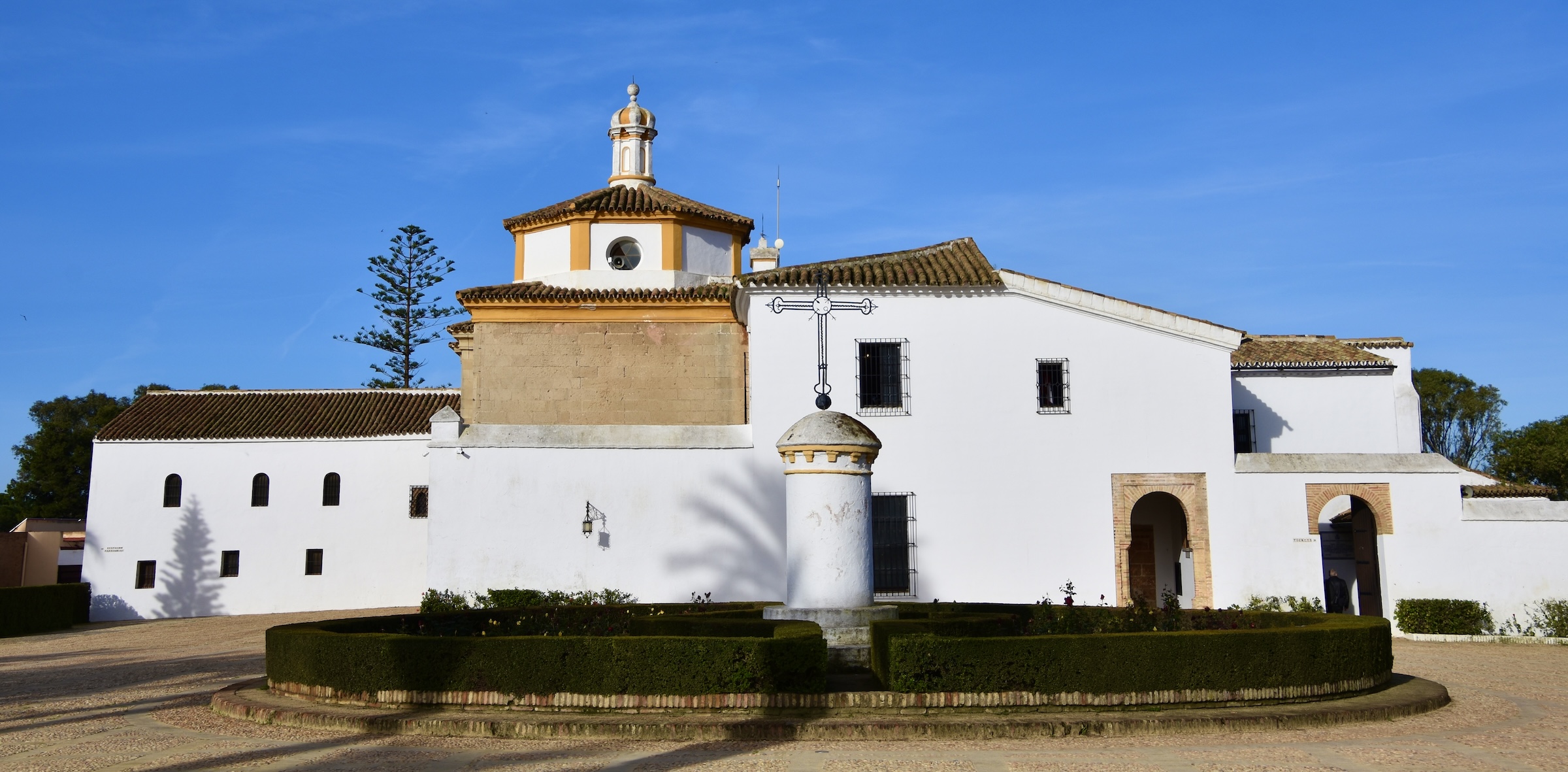
La Rabida Monastery sits on a site that first came to prominence as a Phoenician place of worship to their most important god Baal, who you might recall from the Old Testament. Later the Romans and then the Arabs recognized this as a holy place. Finally in the 12th century the Knights Templar took control and the Christian god became the fourth one to be venerated here. In the 13th century legend has it that St. Francis himself arrived here to found the monastery that has been here ever since.
The current building dates mostly from the 14th century and is considered a prime example of a combination of Gothic and Mudéjar architecture. However, it’s not the building itself that makes it so famous, but rather the events that took place inside. Christopher Columbus arrived here in 1485 after being unsuccessful in convincing the Portuguese monarchy to fund his proposed expedition to India. Initially rejected by the Spanish Queen Isabella, Columbus kept at it, finally convincing her confessor in a meeting held at the monastery to take the proposal to her again. It was also at La Rabida that Columbus held a number of meetings with the local Pinzón brothers and convinced them to join his expedition as captains of the Nina and Pinta which were owned by another set of local brothers, the Quinteros. Without the support of these people Columbus would never have been able to raise a crew or the ships necessary.
So let’s step inside. The first thing you might notice is that there are a lot of paintings and frescoes dedicated to the events that took place within La Rabida. The walls of one entire room are covered with murals by local artist Daniel Vasquez Diaz painted in 1929. These depict several important events including Columbus making his proposal to be taken to Queen Isabella. Note how much older he is in this painting compared to the statue outside. Also note that during his time at La Rabida which was off and on for seven years he had his son Diego with him.
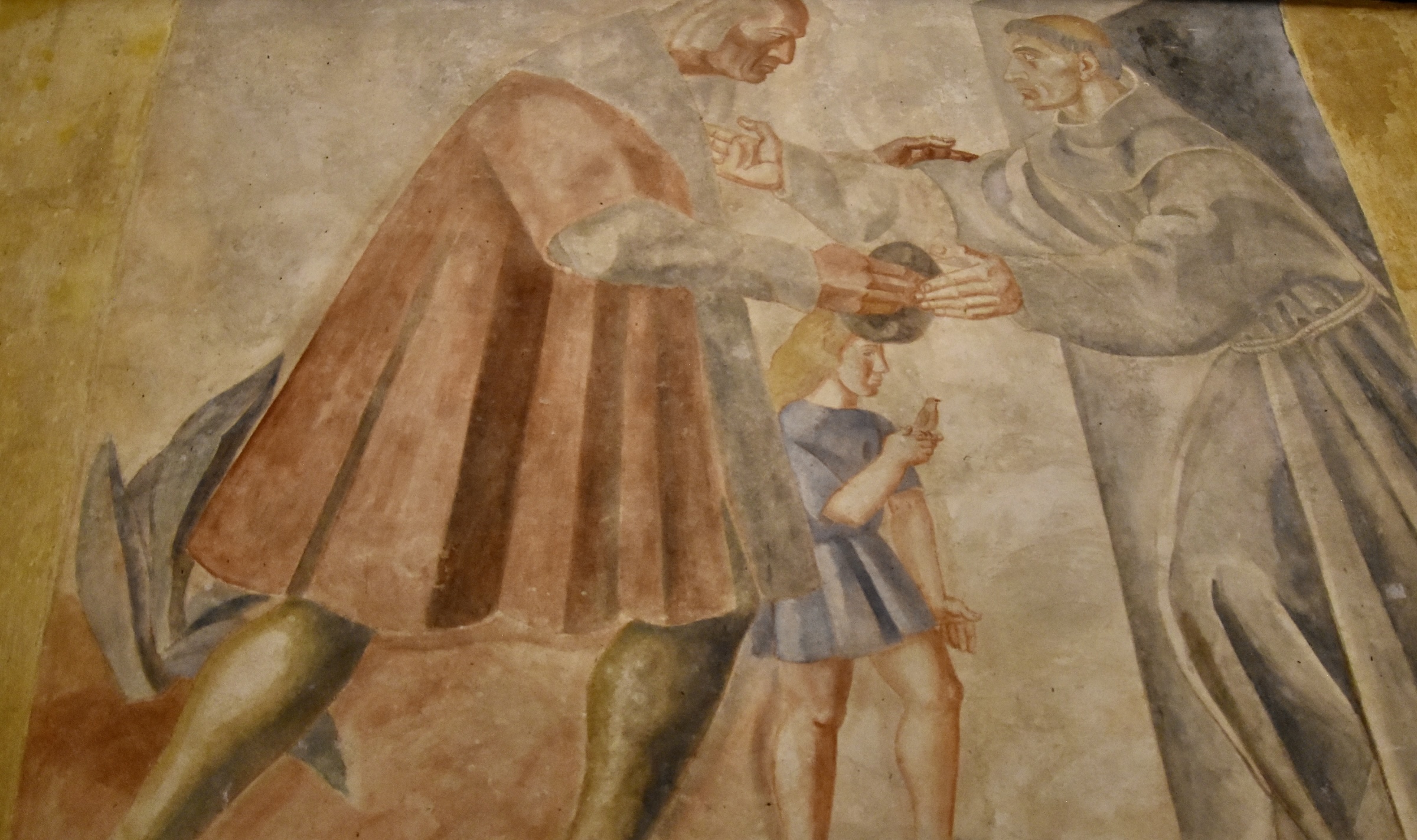
And here before the Franciscan friars he gives his oath of loyalty to the Spanish crown.
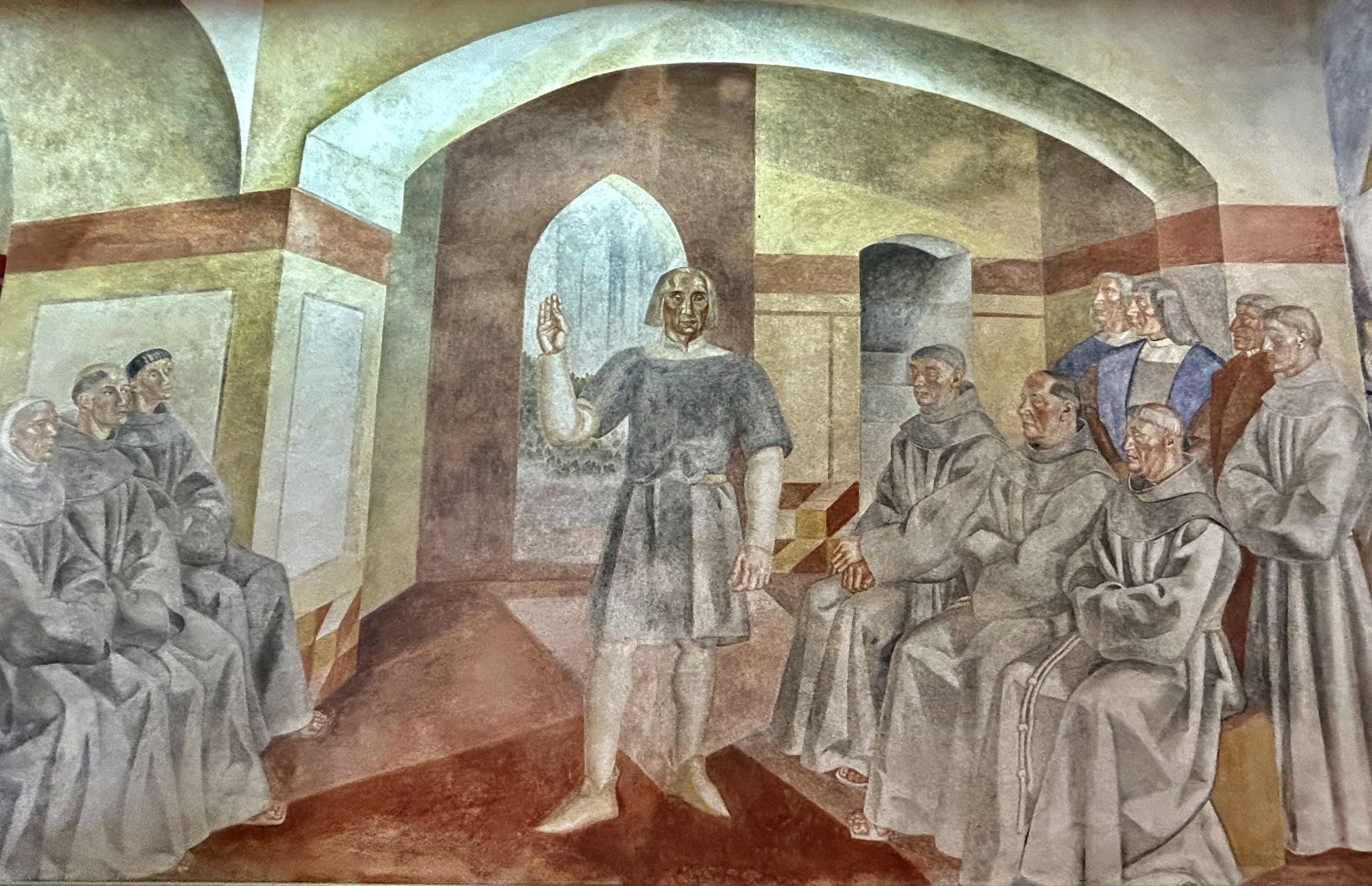
And then the departure that took place from Palos de la Frontera and not Cadiz as is often mistakenly believed.
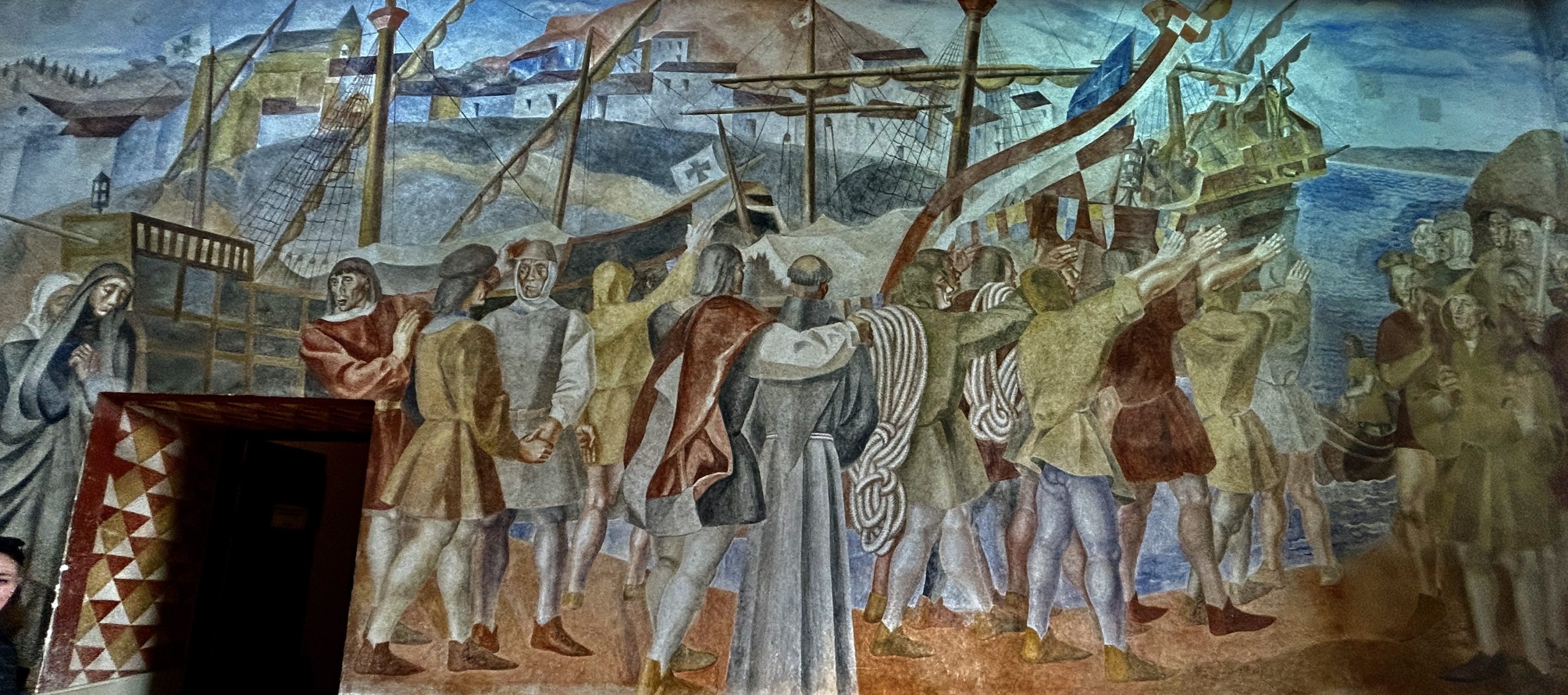
From here you can go into the room at La Rabida where the proposal was actually made. It’s pretty simple considering the consequences that flowed from that meeting and it’s not surprising that this room is often referred to as “The Bethlehem of America”.
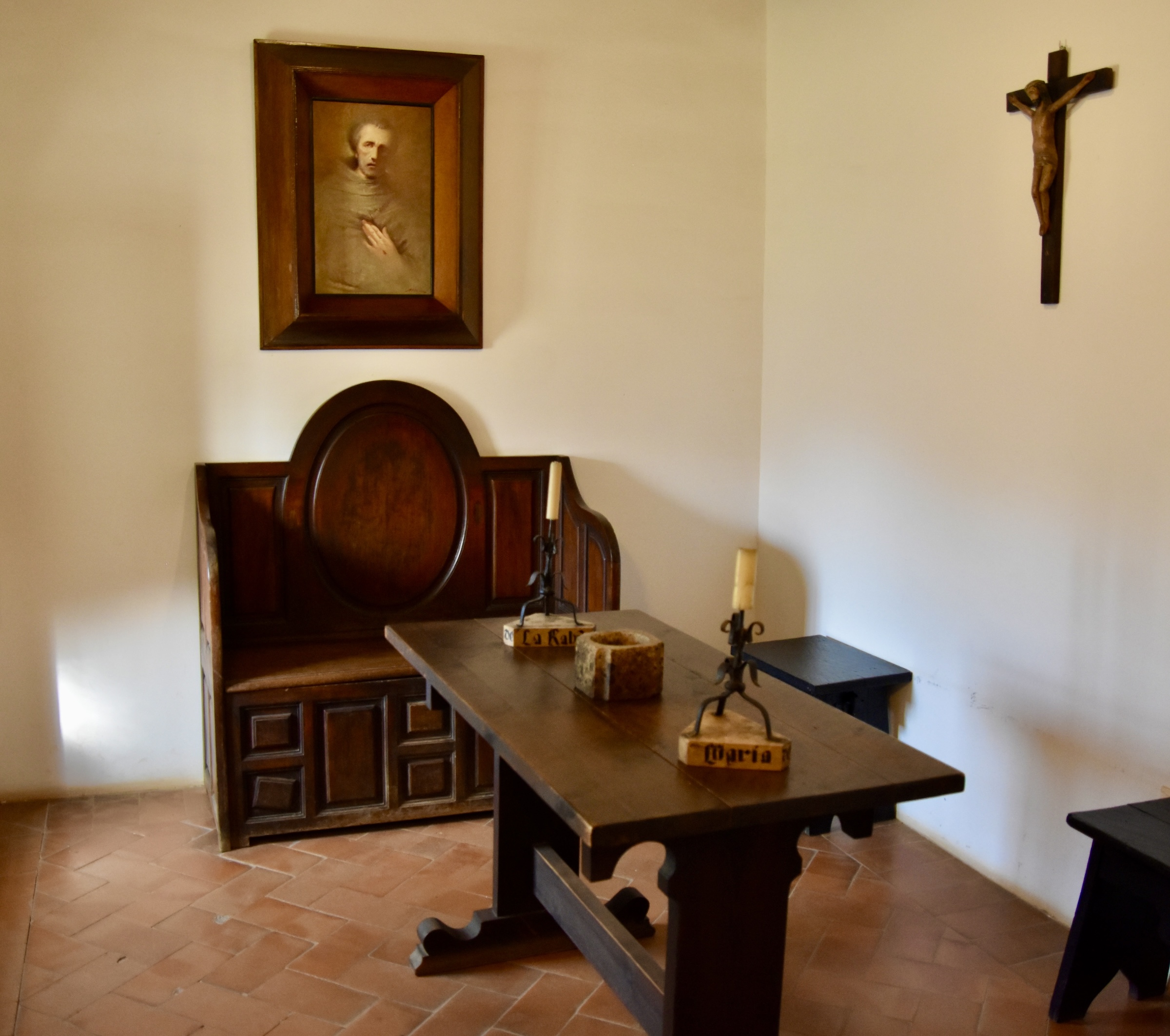
There are two newer paintings depicting the proposal.
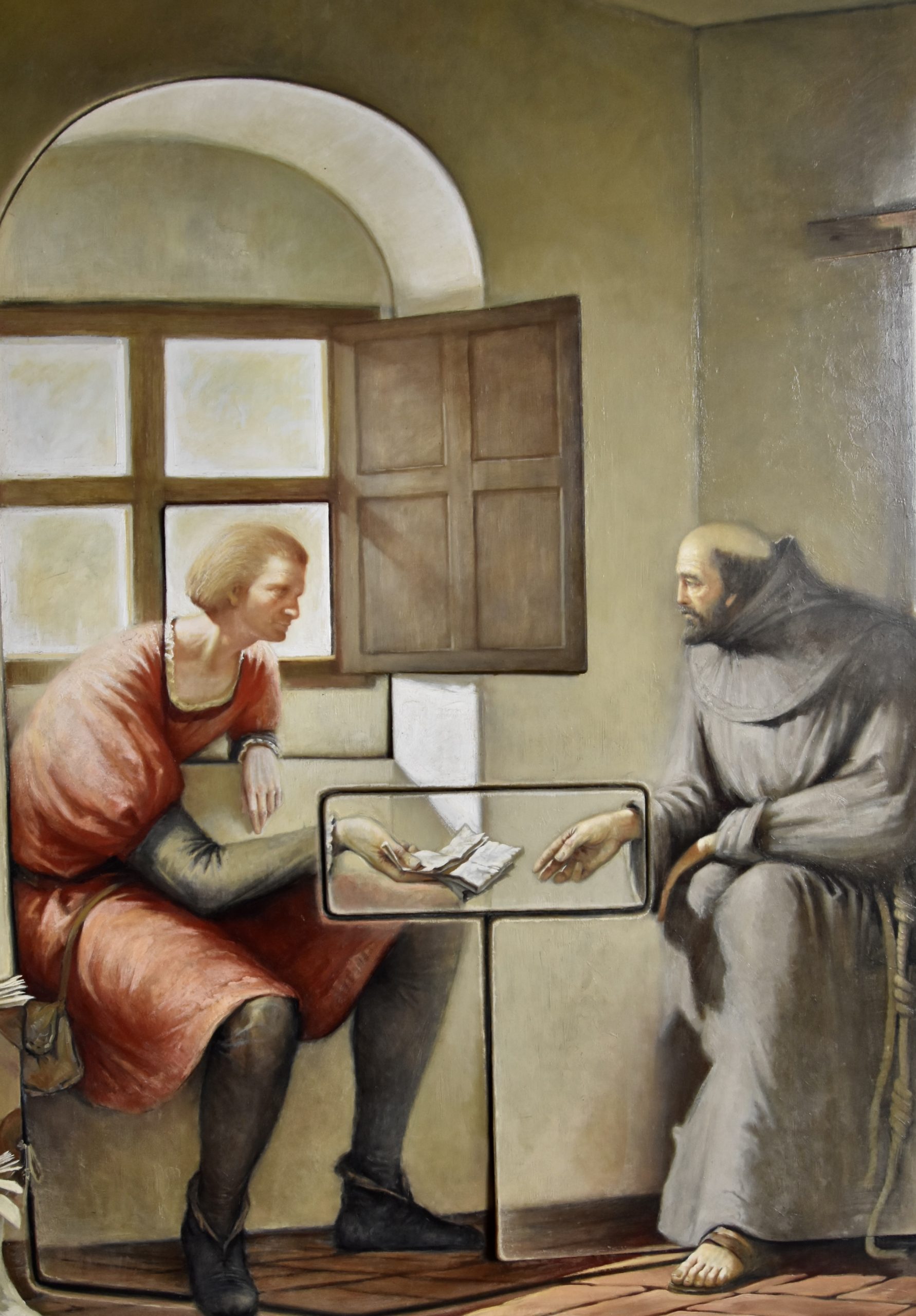
And the relaying of the proposal to Queen Isabella.
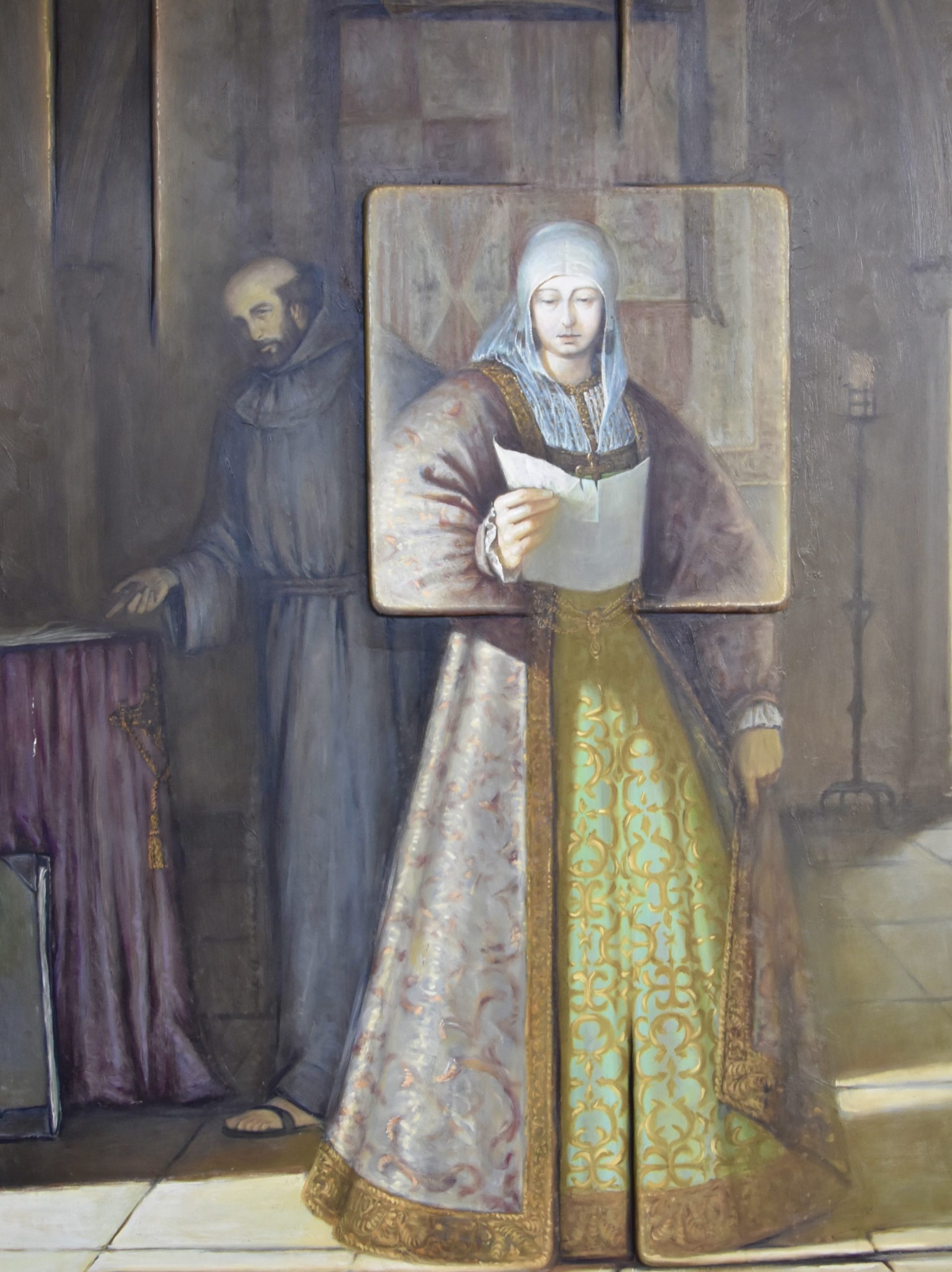
Upstairs is the room where Columbus held meetings with skeptical local sailors who the Pinzón and Quintero brothers brought around to accepting the idea of joining his proposed expedition.
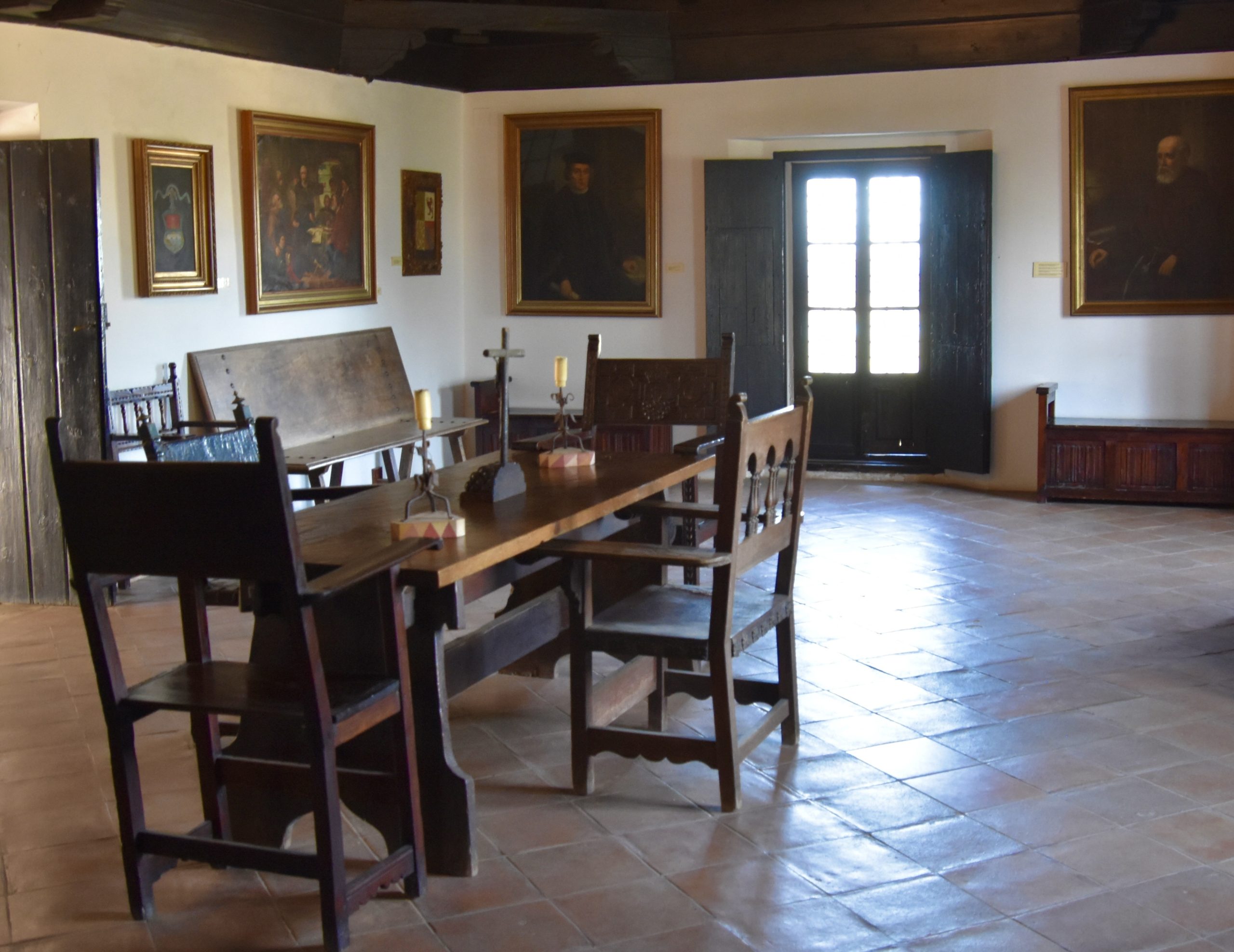
Here there are more paintings including this one depicting Columbus doing his best to convince these Spaniards that they should trust their fate to this Italian nobody.
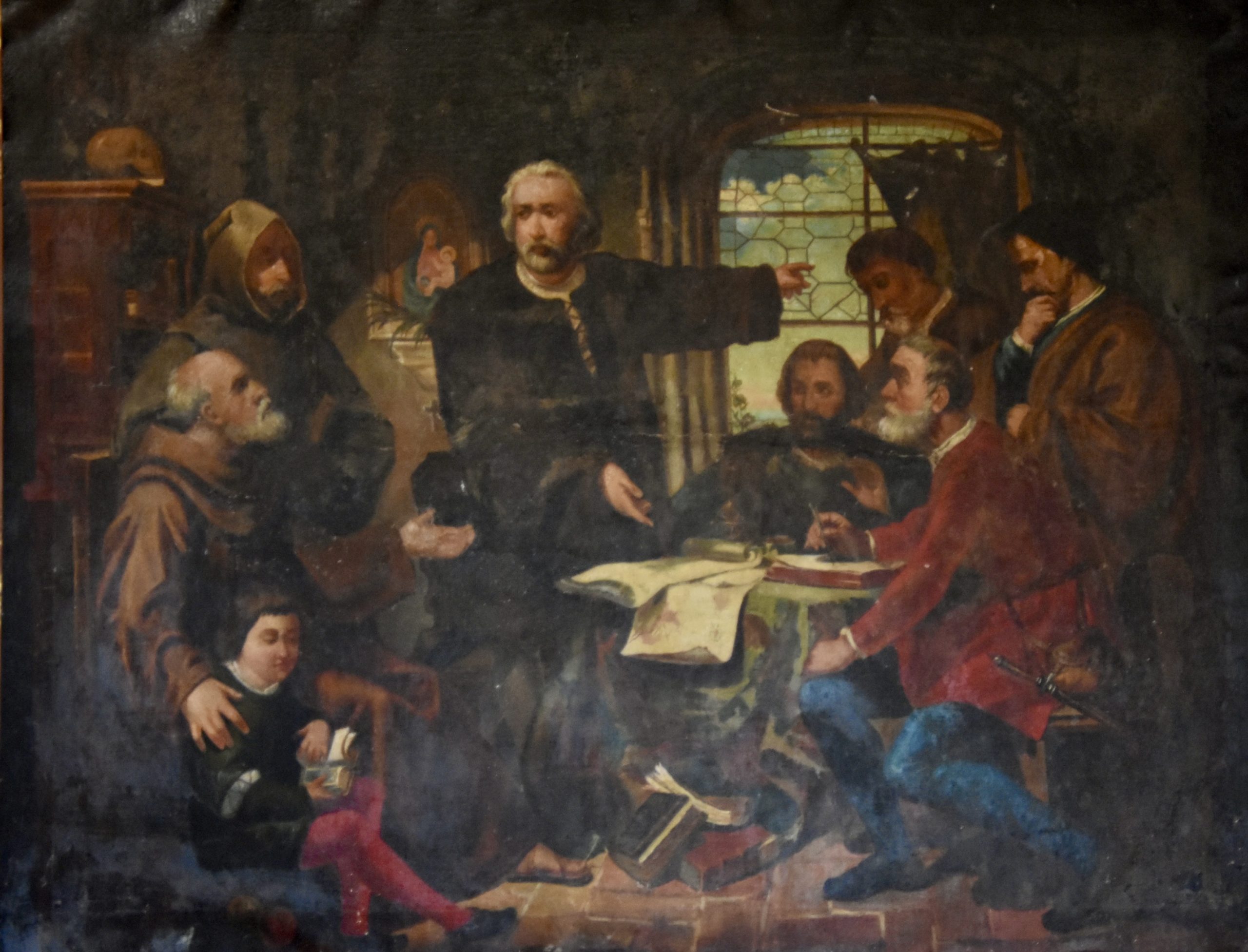
In the chapel of La Rabida is this venerated alabaster statue of the Virgin Mary which dates back to the 13th century and before which it is known that Columbus prayed shortly before embarking on his first expedition.
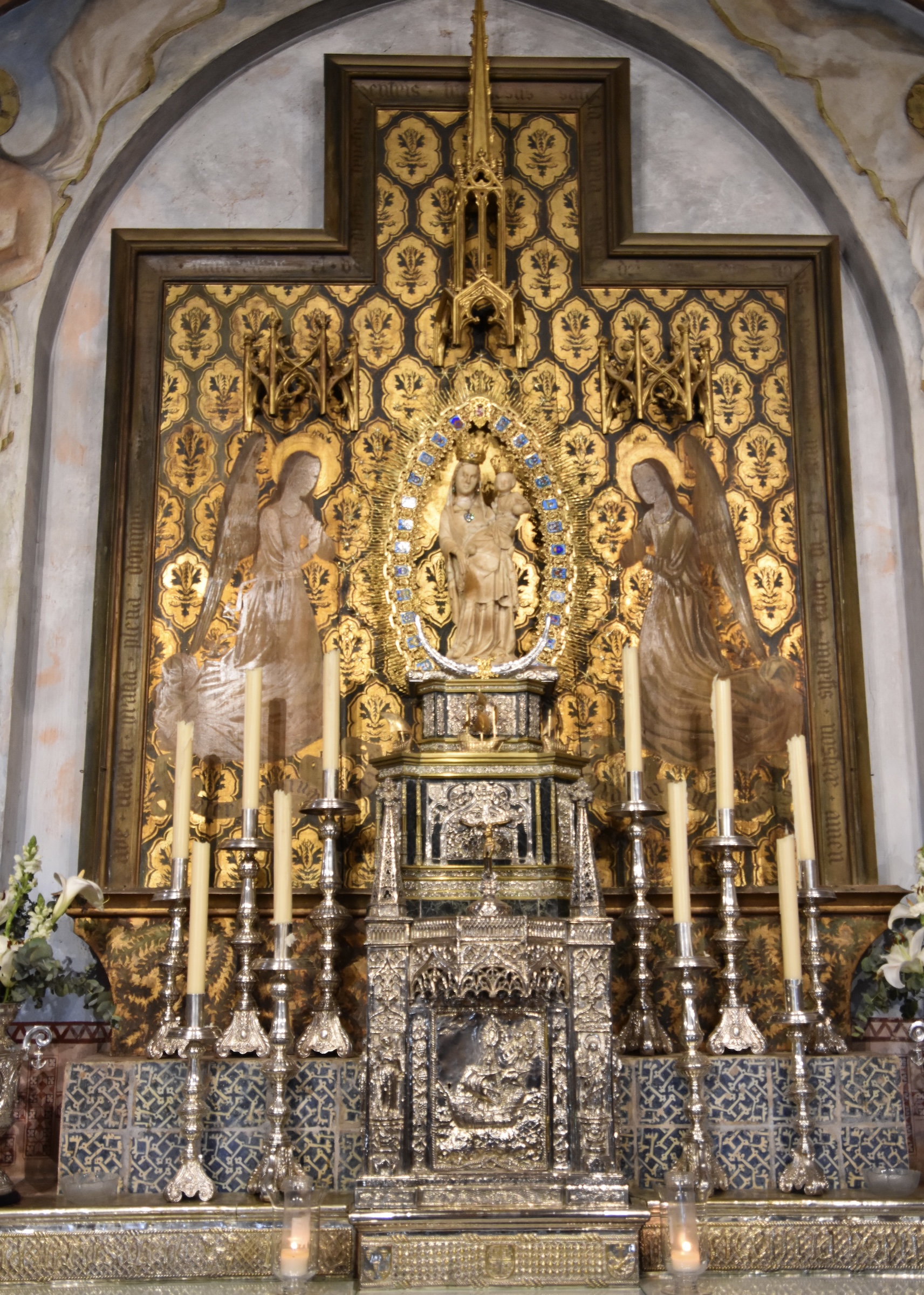
In the chapel you will also find the grave of Martin Pinzón, the captain of the Pinta and very much a local hero. He actually reached the shores of Spain before Columbus who ended up landing at Lisbon after the two became separated by a storm off the Azores. However, he was deathly ill, some say with the first case of syphilis to ever reach the Old World and died shortly after his return.
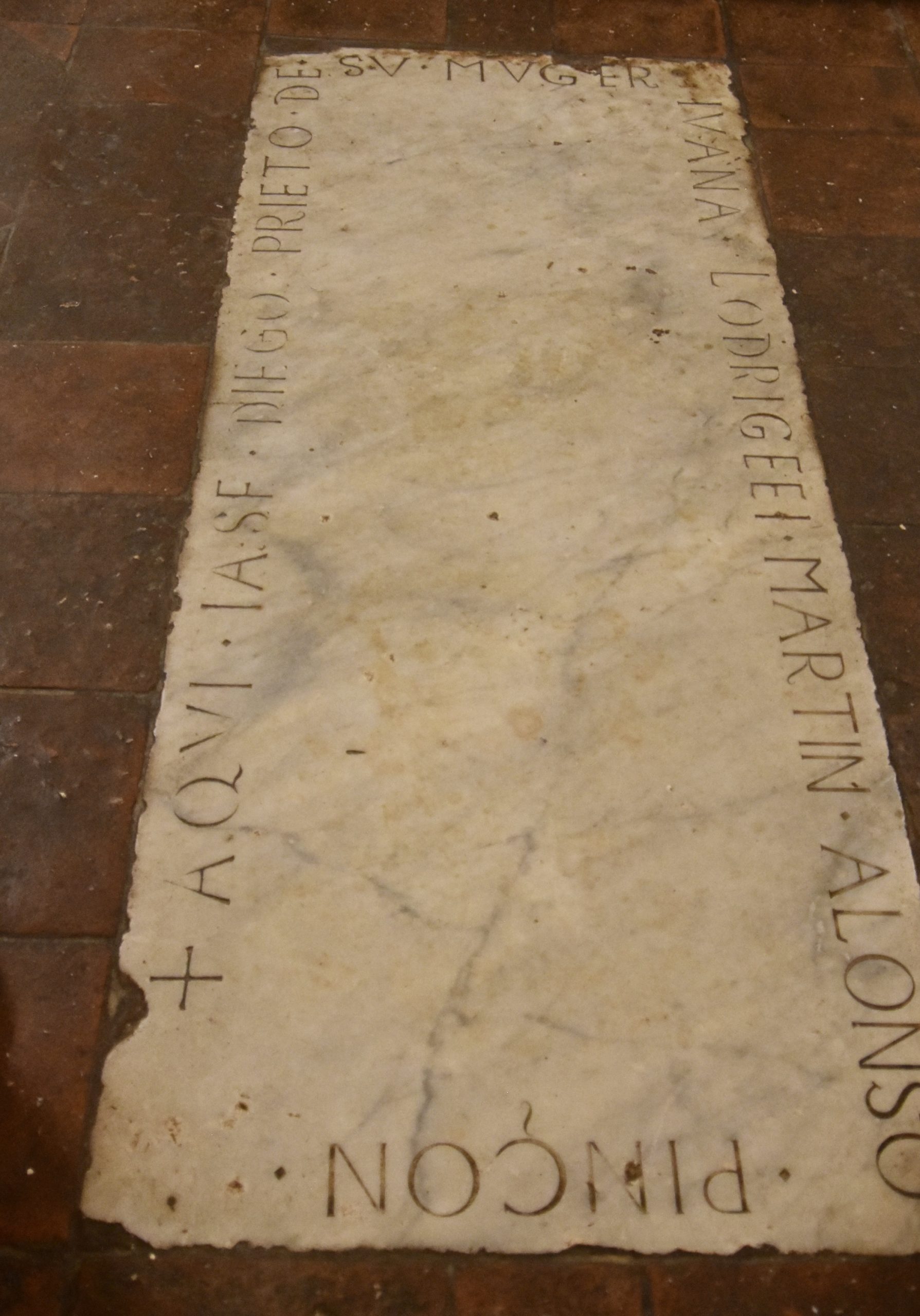
We concluded our visit to La Rabida with a visit to the caravel room where there are models of the three famous Columbian ships. However, the importance of La Rabida to the New World did not end with the voyages of Columbus. Many of the first missionaries came from this monastery and were prominent in making sure that the Franciscans were the dominant order in the Spanish colonies for centuries thereafter. Also, some of most well known and vicious of the conquistadores like Pizarro and Cortez stopped by here after returning from crushing the Incan and Aztec empires.
From La Rabida it’s a short distance to Palos de la Frontera where there is statue of two of the three Pinzón brothers on the very spot from where the ships set sail. Standing here it is easy to understand why Palos de la Frontera doesn’t get more credit for the role it played in that crucial initial voyage. While five hundred years ago this was a bustling seaport, today the coast is far away, the harbour having silted up long ago. By the mid 1800’s Palos had less than a tenth of the population it did during its heyday in the 14th and 15th centuries. It has recovered since and today is more famous for its strawberries than its sailors.
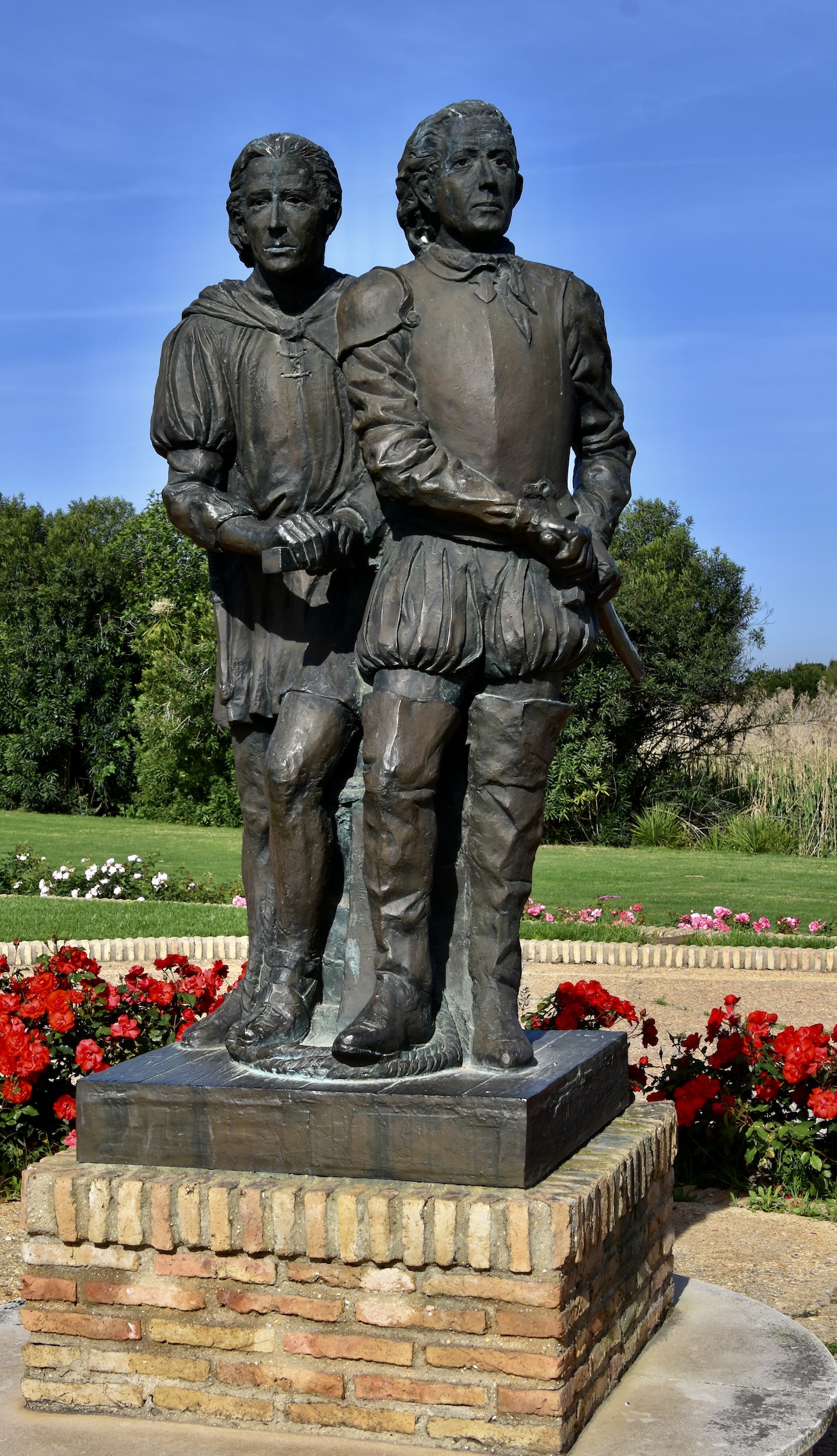
Moguer
There is one other site worth visiting to complete the Columbian routes around Huelva and that is the town of Moguer where guess what – there’a another statue of Columbus.
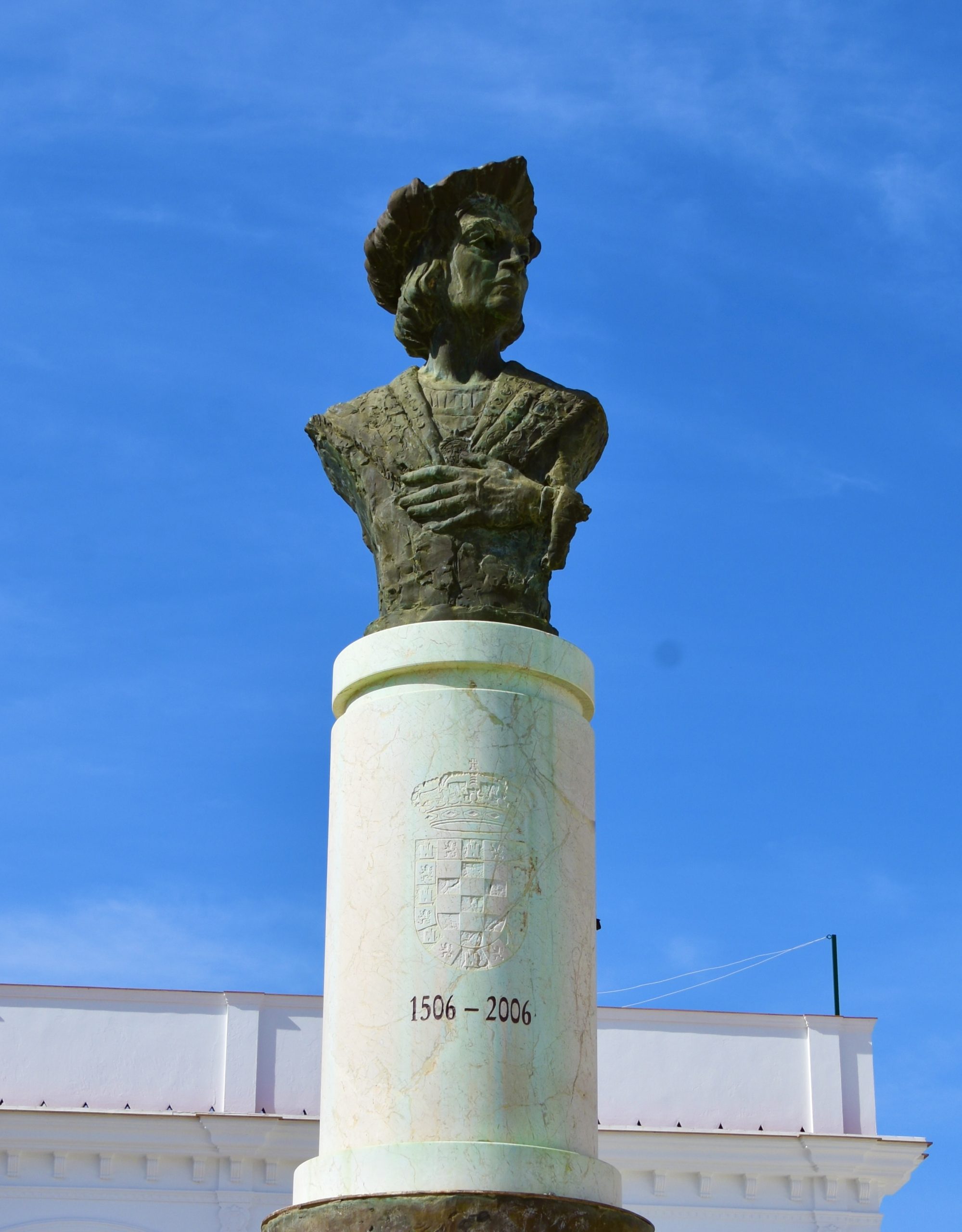
This one is a bust and it’s just outside the Santa Clara Convent where Columbus actually made the oath of loyalty depicted on the walls of La Rabida. Note the stork’s nest on the bell tower.
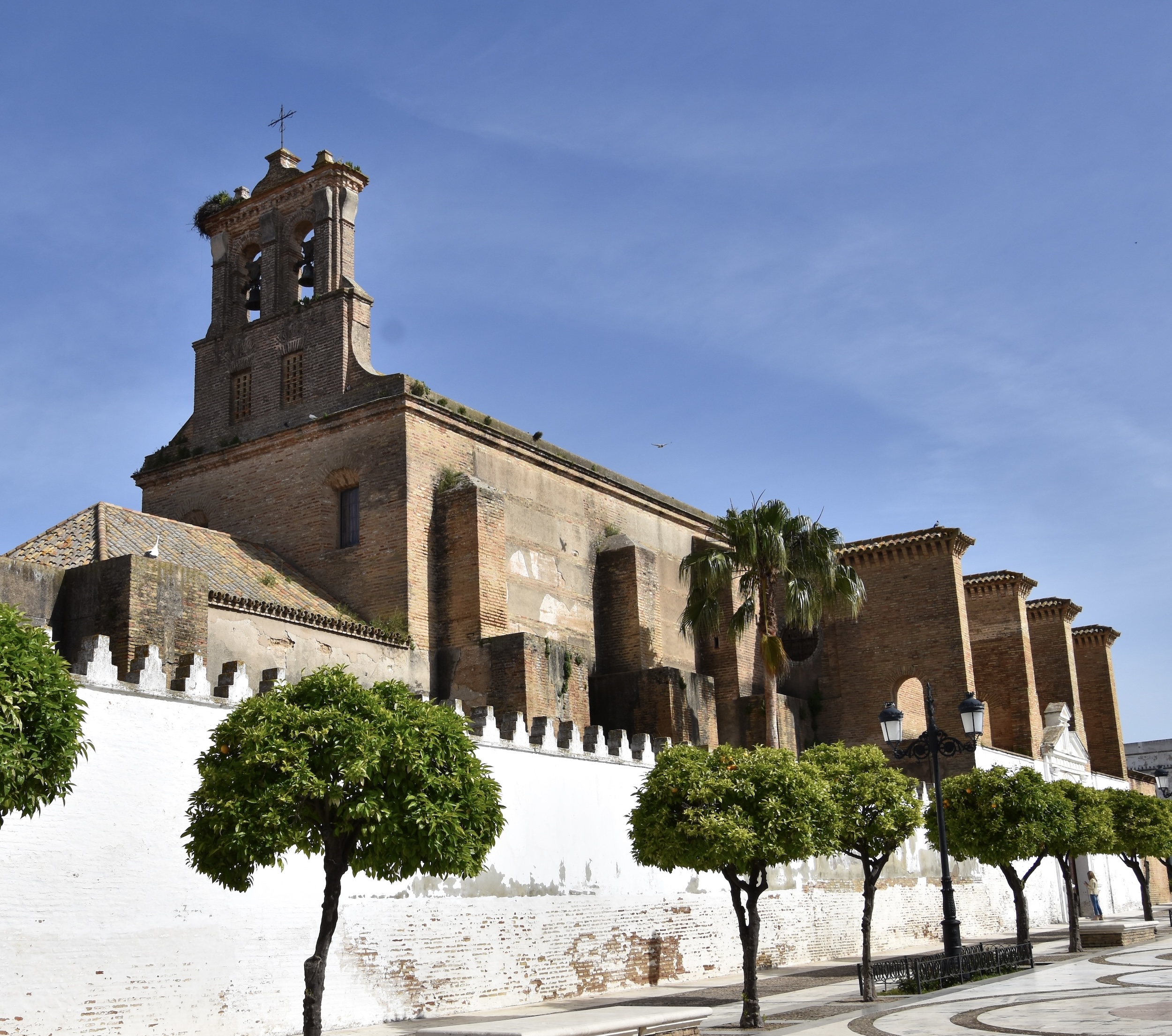
The Nina was built in Moguer and many of the sailors on it were from here. Inside a large empty room at the convent there is this statue of Cristobal Quintero who was the owner of the Pinta.
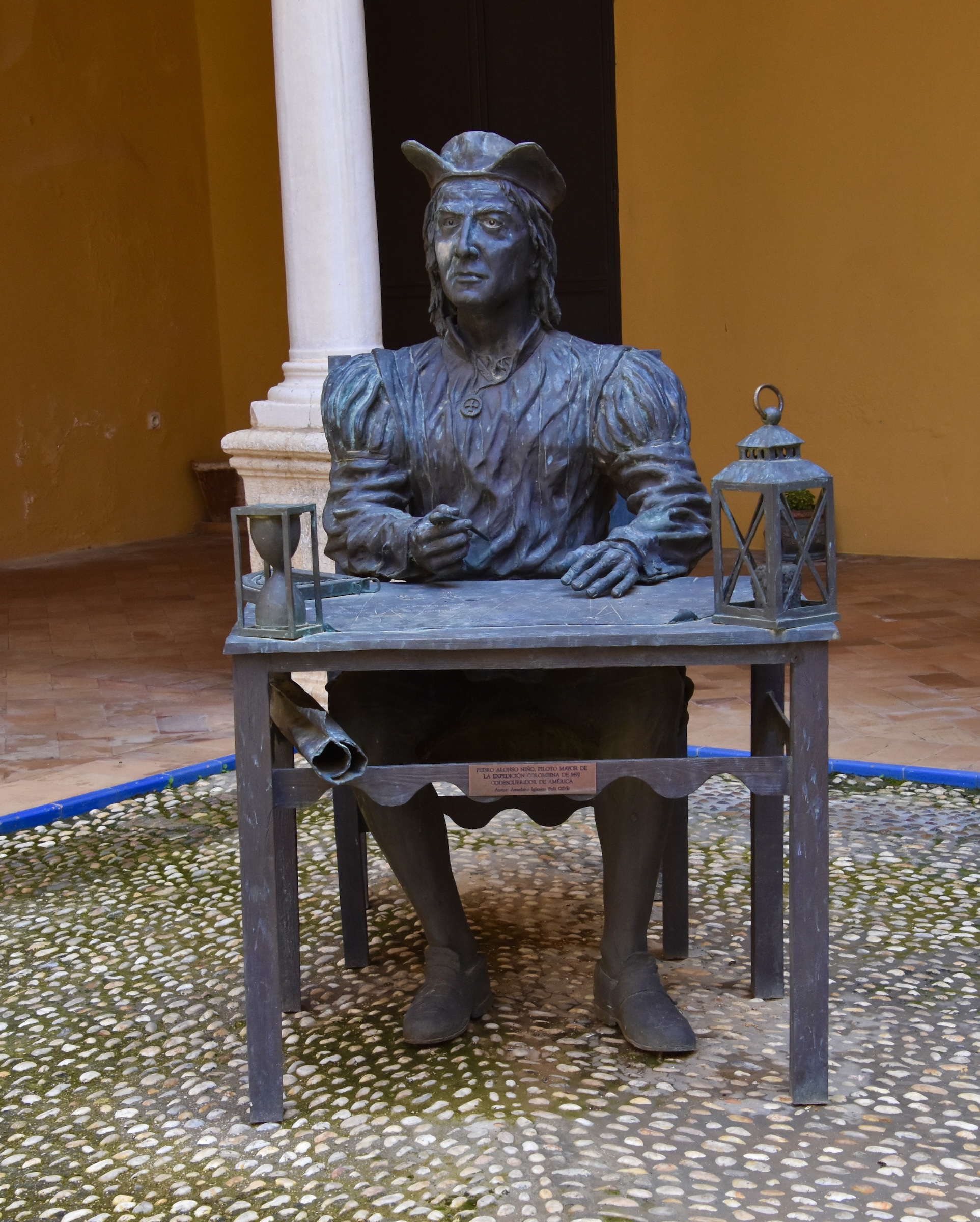
Aside from the Columbus connection there are plenty of reasons to visit Moguer which is a delightful town with a large pedestrianized centre and lots of interesting buildings. It was also the home of 1965 Nobel Literature Laureate Juan Jiménez whose most famous creation, Platero the donkey can be seen in several versions around town. The author’s home is definitely a must visit.
- City Hall
- Our Lady of Granada Church
- Church Steeple
- Alleyway in Moguer
- Unique Trash Bin
- Juan Jiminez
- Platero
- Plaque on Jiminez House
- Children & Platero
After spending time at La Rabida and walking around Moguer you will no doubt be hungry in which case local favourite El Lobito is a perfect place to try the more than hearty Huelvan cuisine.
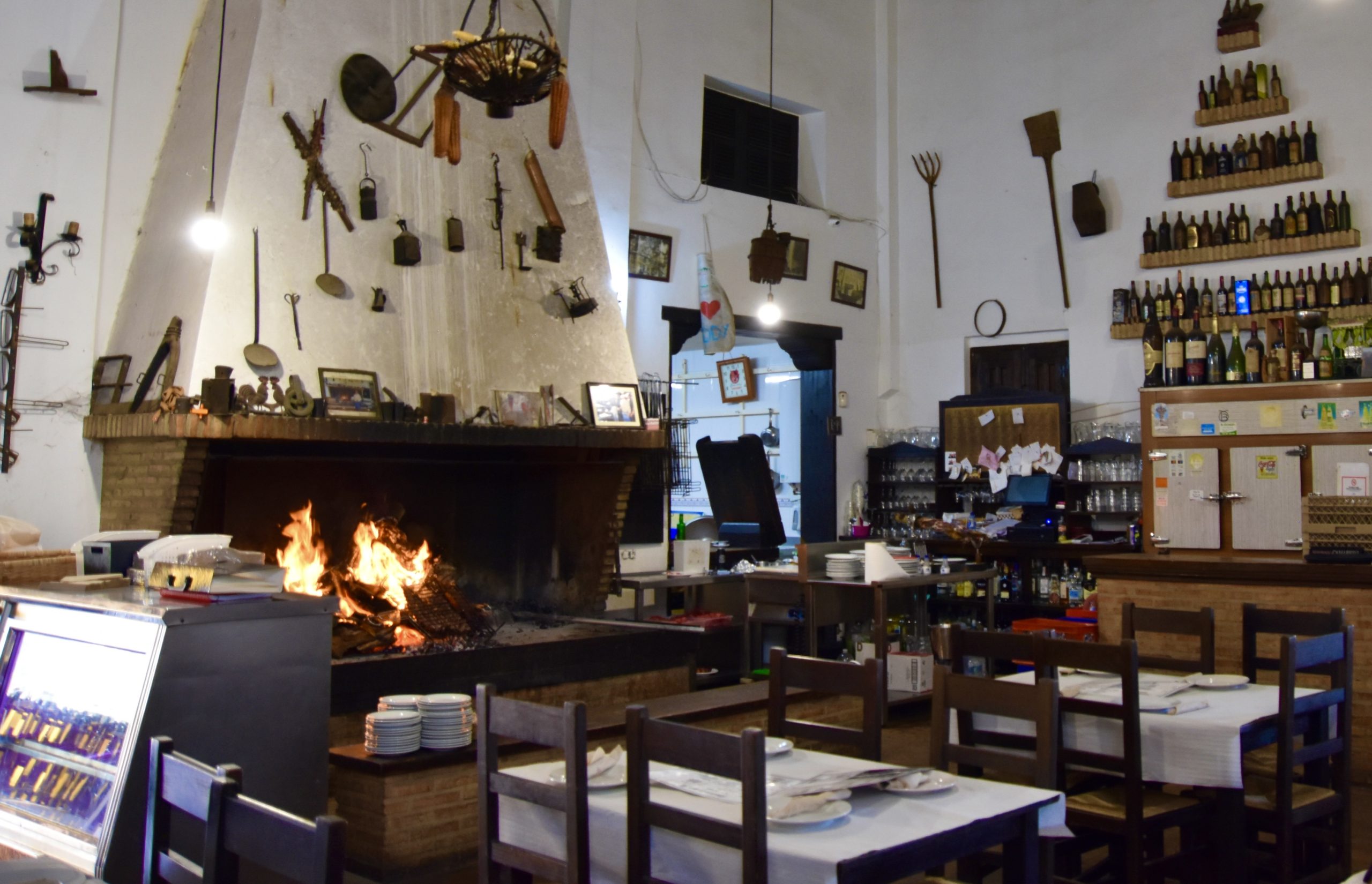
These great seafood dishes and specialty desserts make for a leisurely repast that makes you eager to spend some more time in Moguer.
- Squid Huelvan Style
- Traditional Potato Salad
- Baccalieu
- Gambas
- Langoustine with one Gamba
- Three Desserts
Wash it down with some of the delicious white wine from the local zalema grape and you might not want to leave.
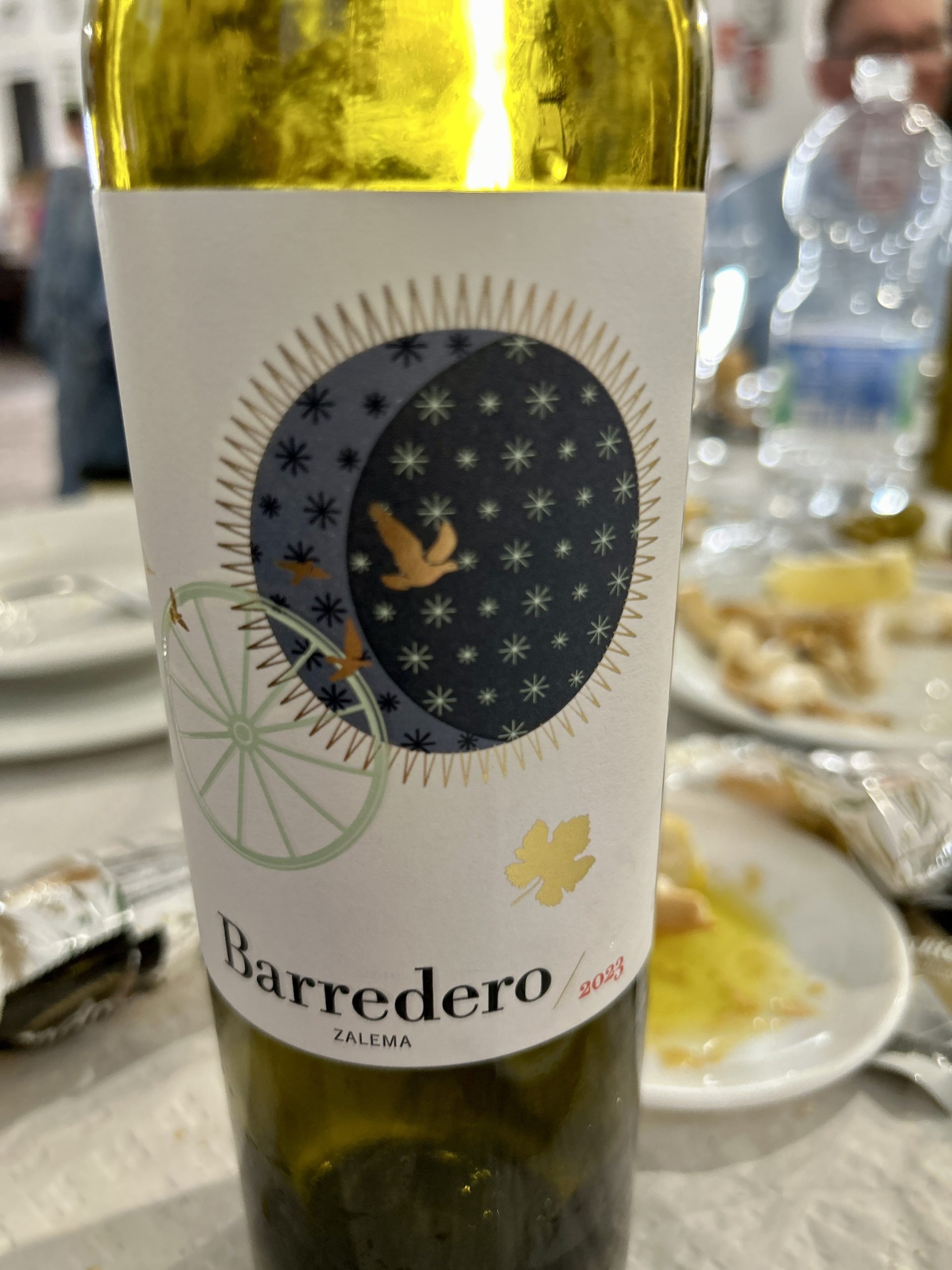
La Rabida and other Columbian route sites in the Huelva area are currently under consideration for inscription as a UNESCO World Heritage Site and considering their undeniable importance in changing the history of the world that seems appropriate. What was really surprising was the fact that there were virtually no other tourists around on the day we visited and while I’m always happy to be the beneficiary of that, the reality is that these places deserve to be much better known than they are right now. Hopefully this post will do just a bit to change that.
In the next post I’ll visit the fabulous city of Seville.


